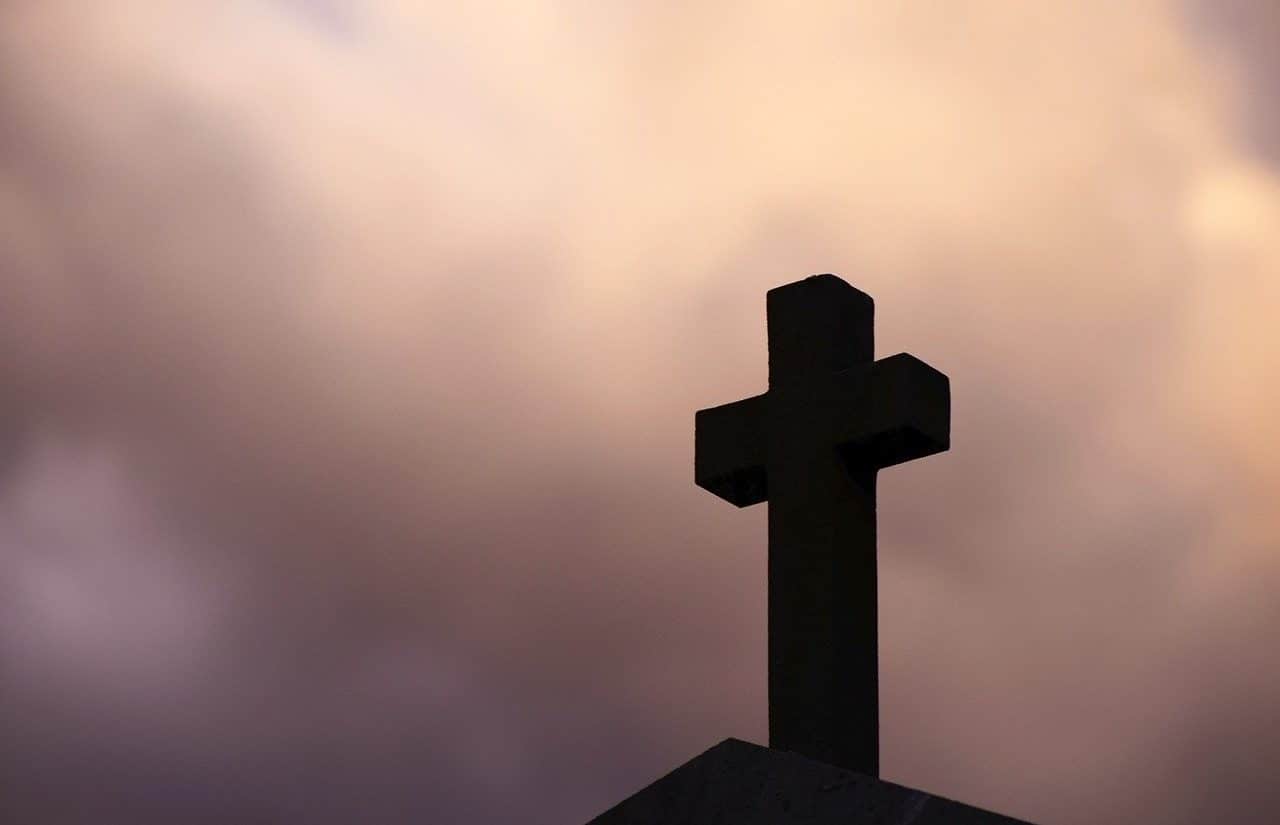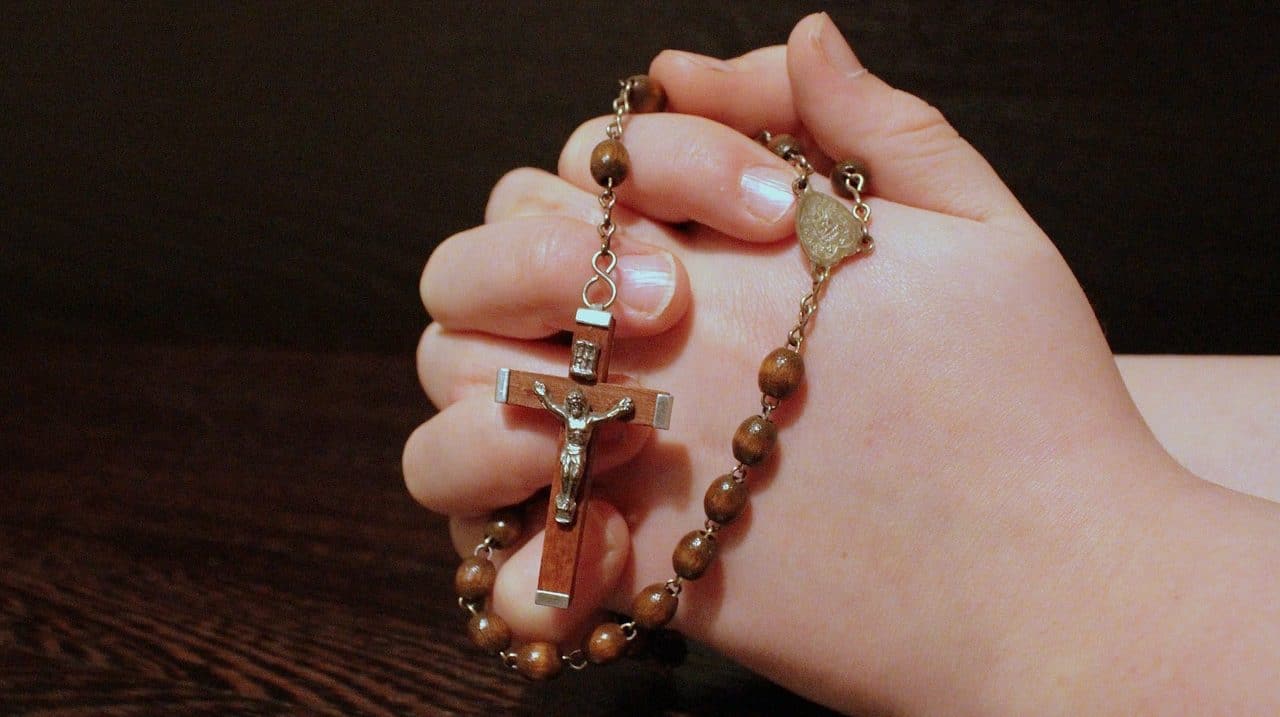
The cross is a symbol in which two perpendicular lines intersect.
A cross is a symbol formed by two lines that intersect perpendicularly, one vertical and one horizontal. It is widely recognized in many cultures and also as a religious symbol; For example, it is commonly associated with Christianity, where it represents redemption through the crucifixion of Jesus Christ. However, it can also have different meanings in other contexts beyond religion, such as mathematical or cartographic symbology, where it can indicate an intersection or a reference point. Additionally, the word cross is also used to describe an instrument of torture or execution, such as the cross on which Jesus Christ was crucified.
Types of crossings
There are many variations of crosses in different traditions and cultures around the world. Each has its own unique historical, religious or cultural significance. Let's look at some of them below:
- Latin cross – the most common type of cross used in Western Christianity and is the most iconic symbol of Christianity . It is characterized by having a horizontal bar longer than the vertical one, with the lower arm extended. This design represents the cross on which Jesus Christ is believed to have been crucified;
- Orthodox cross : also known as the Russian, Greek or Byzantine cross, it is characterized by having three horizontal bars. The upper one represents the inscription INRI (acronym for "Jesus Nazarene, King of the Jews") , the middle one is where Jesus Christ is placed and the lower bar represents the footrest. This type of cross is common in Eastern Orthodox churches ;
- Celtic cross – an ornamental design that is commonly associated with Celtic tradition and Celtic Christianity. It is characterized by having a circle at the intersection of the vertical and horizontal bars, symbolizing eternity and spiritual unity;
- Saint Andrew's cross : also known as the cross cross, it resembles the letter "X" and is named after the apostle Saint Andrew, who according to tradition was crucified in such a structure. It is the national symbol of Scotland;
- Templar Cross : Also known as the Pata Cross or Maltese Cross, it is an emblem associated with the Knights Templar , a Christian military order during the Middle Ages. It is characterized by having arms of equal length that end in the shape of a fleur-de-lis;
- Caravaca cross – a Christian symbol associated with the city of Caravaca de la Cruz in Spain. It is characterized by having two horizontal arms of equal length and a shorter vertical arm, forming a "Y". It is known for its history of miracles and its veneration in the Catholic religion ;
- cross of Lorraine – an emblem consisting of two horizontal bars intersecting at an angle, with the lower arm shorter than the upper one. It is known for its association with the French resistance during World War II and has been used as a symbol of freedom and resistance.

Cross tattoos are very popular, and do not always have religious connotations.
Beyond religion
Like other symbols , the cross can have multiple meanings and uses in different cultural and social contexts. While for some it may represent humanitarian values, for others it may evoke painful memories of a dark past.
Let's start with the Red Cross , an international humanitarian organization founded in 1863 by Henry Dunant, a Swiss businessman, in response to the terrible conditions in which the wounded were left at the Battle of Solferino in Italy. Its main mission is to provide humanitarian assistance, including medical care and aid in natural disasters or armed conflict, with the aim of alleviating human suffering, protecting life and health, and ensuring respect for human dignity in all circumstances.
Furthermore, the cross has been a popular symbol in tattoos, fashion, and art due to its simplicity and symbolic depth. In the art world, it has been represented in various ways and in different styles, from religious to contemporary art. In fashion, the cross has been used in clothing, accessories and jewelry as a stylistic element that can convey a variety of meanings, from streetwear to gothic.
The swastika (not to be confused with the Nazi context) , is an ancient symbol that has been used by many cultures around the world for thousands of years as a symbol of good luck, prosperity and protection. However, its use was appropriated by the Nazi Party in Germany during World War II and became the official symbol of Adolf Hitler's regime. Since then, the swastika has been associated with Nazism, racism and hatred, and its use is strongly banned in many countries due to its connection to these destructive ideals.

The rosary begins with a cross, which is attached to a pendant of small beads.
In liturgy and religious practices
The cross plays a central role in the liturgy and religious practices of many Christian traditions. It is at the center of Christian worship in many denominations. In the Catholic and other Christian Churches , the cross can be found on the altar as a symbol of the death and resurrection of Jesus Christ, as well as in other prominent places within the sanctuary.
During liturgical processions, it is common for a cross to be carried aloft as a visible symbol of the Christian faith. In addition, it is used in various shapes and sizes in the liturgy, from small ones used by the faithful to large processional crosses. In Catholic practice, the cross is a central element in the devotion of the rosary and the Stations of the Cross . In the rosary , worshipers use a set of beads to recite prayers while meditating on the mysteries of the life of Jesus Christ and the Virgin Mary.
Each rosary includes a cross at the beginning, which is used to begin and end prayers. The Stations of the Cross are a form of devotion that remembers the events of the Passion of Christ , from his condemnation to his burial. At each station, a cross is usually used to mark the place where prayer and reflection on the corresponding event take place. The cross is also present on many Christian pilgrimages and in sacred places.
For example, on the Camino de Santiago , in Spain, it is a pilgrimage that follows an ancient path to the cathedral of Santiago de Compostela, where the supposed tomb of the apostle Santiago is venerated. Along the way, pilgrims encounter numerous crosses and religious symbols that mark the path and offer opportunities for spiritual reflection. Furthermore, in sacred places such as Jerusalem, there are numerous crosses that commemorate the events of the life and death of Jesus Christ, making them significant for pilgrims and Christian believers.
